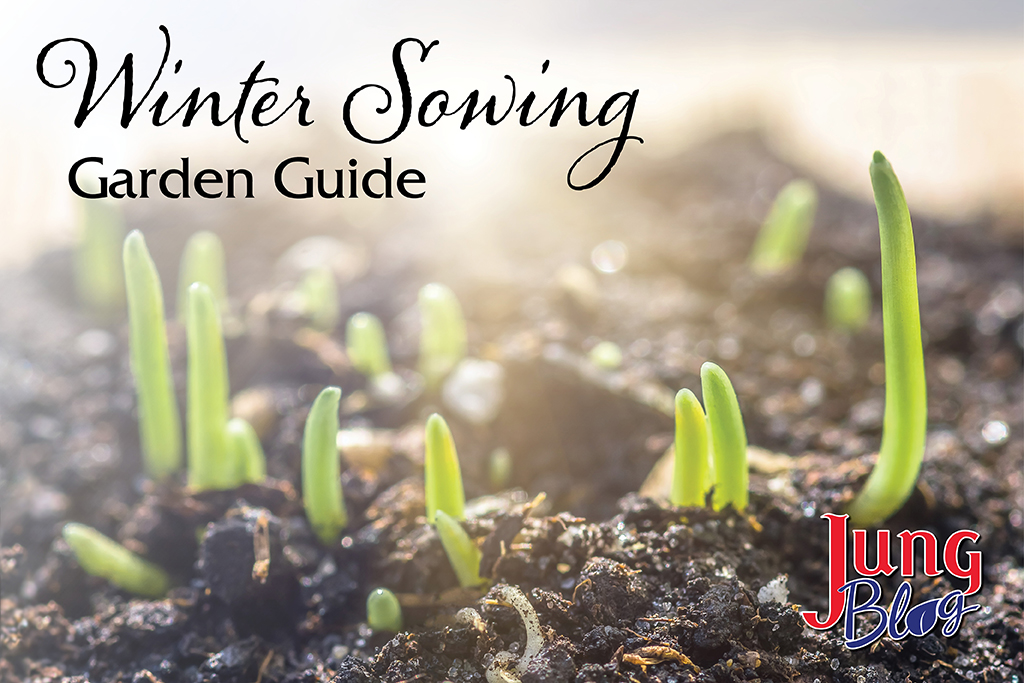
Updated: January 9, 2025
The cold has arrived. As gardeners, we find ourselves longing for spring, when our gardens come back to life and we can spend time outside. It’s tempting to believe we can’t plant anything now, but there is a way to plant seeds for next spring. Winter sowing is a type of planting that involves planting seeds outdoors in winter. It sounds too easy, but it works! Many hardy annuals and perennials can be sown in winter to give plants a head start in spring.
What is Winter Sowing?
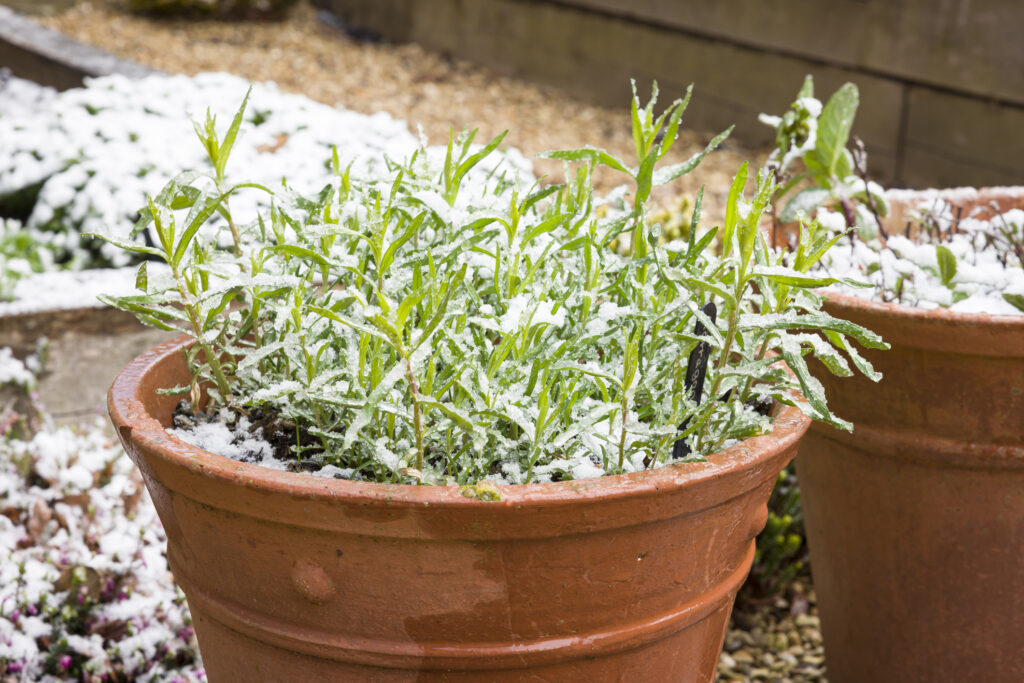
To answer this question, we’ll look at the basics of seed physiology. Many seeds require a period of cold and moist conditions to grow. The plants we observe in nature often have this requirement. This process is known as stratification. Plants typically form their seeds during late summer. These seeds fall to the ground and wait to grow. If those seeds germinate in the fall, they would be too weak to survive the winter cold. Stratification protects the seed, allowing it to germinate in spring when conditions are suitable for growth. Winter sowing involves planting seeds outdoors in a container during winter. This process allows the seeds to experience cold weather and germinate in spring.
Benefits of Winter Sowing

This planting method protects your seeds from animals and harsh weather conditions. You can scatter seeds in your garden during winter, but they will be at risk for several problems. Animals can eat them, rain can wash the seeds away, or winter winds may dry them out. Containers protect the seeds while giving them the proper cold treatment. Planting the seeds in containers allows the plants to harden off and stay compact naturally. Gardeners typically use milk jugs for winter sowing.
What Can I Winter Sow?
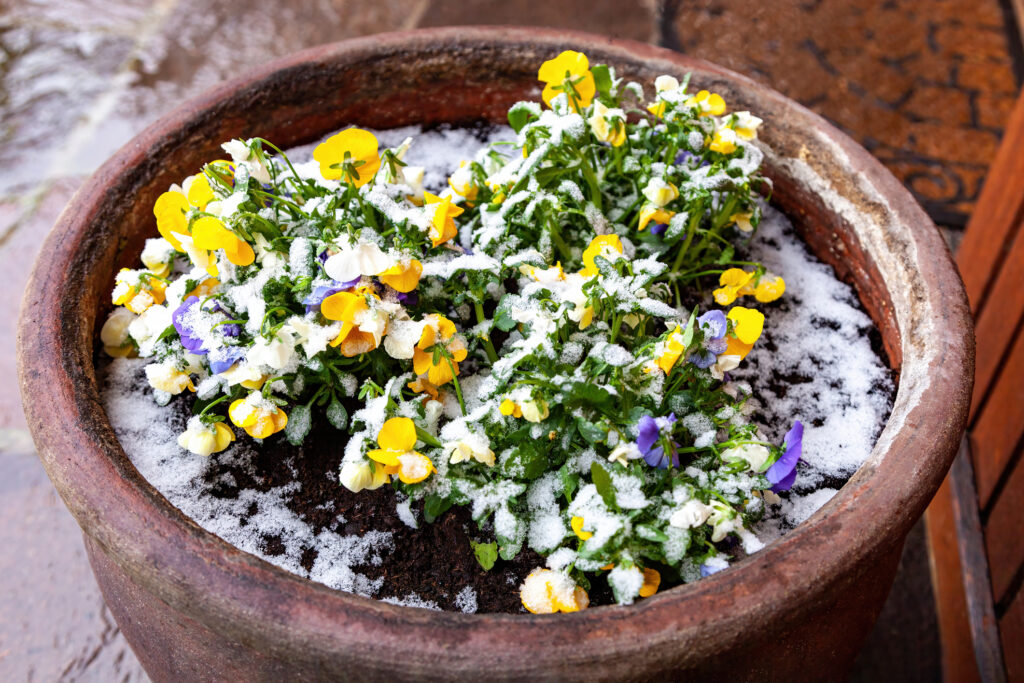
You can sow a variety of annuals and perennials using this method. Seed packets can provide information on germination requirements. For annuals, you’ll want to plant hardy species that tolerate frost. A few examples are sweet alyssum, pansies, and petunias. As you read the seed packets, you may see terms like reseeds or self-sows. Some annuals, like sweet alyssum, regularly self-seed in the garden, a sign they can be winter sown. Annuals prone to frost damage can be winter sown but should be planted later than hardier annuals. Many tropical annuals require warm soil and weather to germinate, making it better to start them in a home or greenhouse. A few examples are annual geraniums, impatiens, and coleus. Hardy perennials often have a cold requirement, making them an excellent choice for winter sowing. The seed packet will give you insight into their germination requirements.
When Should I Winter Sow?
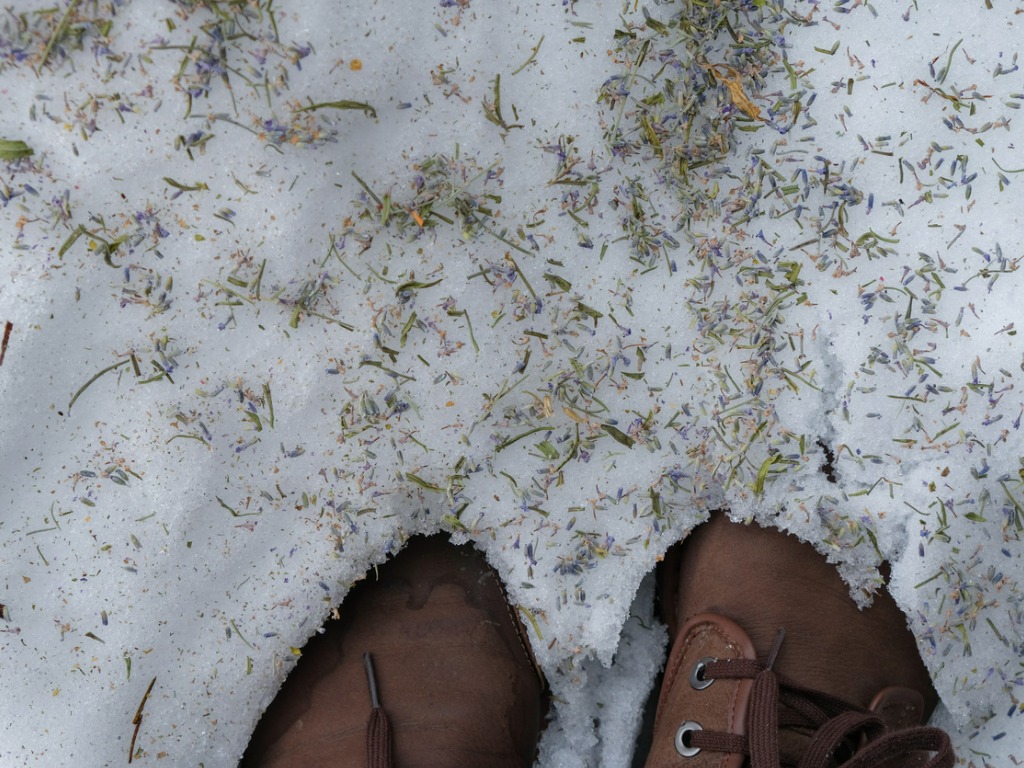
As the name suggests, winter is ideal, but the exact timing will vary for different plants. Perennials and hardy annuals can be winter sown from December to March. Tender plants, like veggies and some annuals, should be sown in March or April after the threat of extreme cold has passed. Tender plants don’t require a cold treatment for germination.
Sowing The Seed
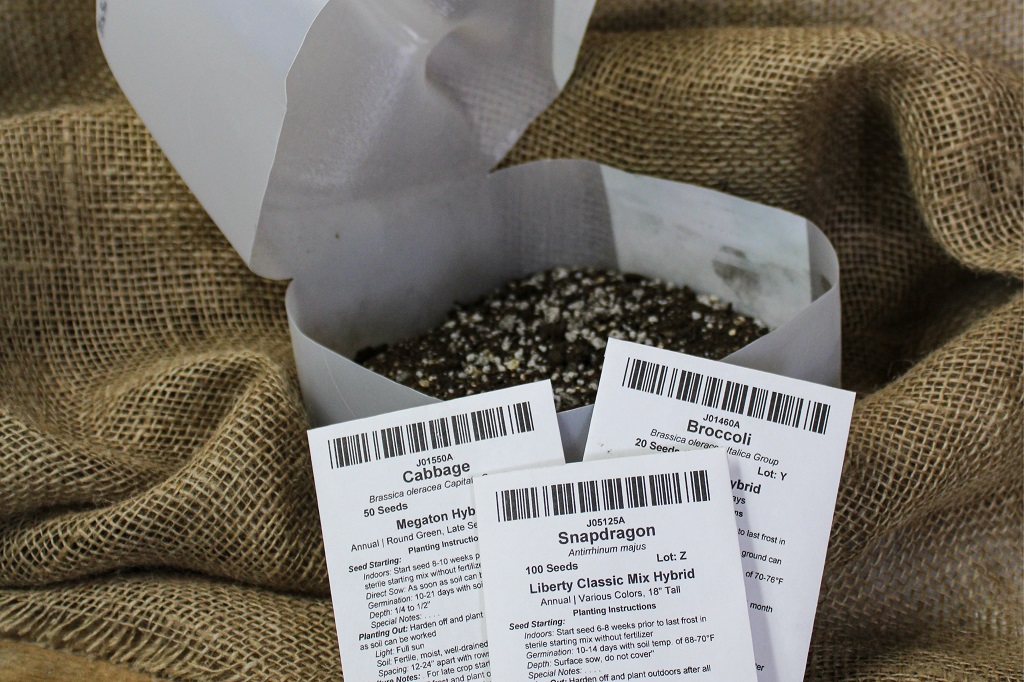
Winter sowing is a simple process and only requires a few materials. Here are the steps to successfully plant your seeds.
Step By Step Instructions For Sowing Seeds
- Find a clean container- A milk jug is ideal, but you can use other containers too.
- Cut the container- If using a milk jug, insert a serrated knife about 1.5 inches under the handle and work around the container, but don’t cut the hinge point under the handle. This cutting method allows you to open and close the container while keeping it in one piece. Marking the cut line is recommended before you start cutting.
- Create drainage holes- Poke several holes in the bottom of the container to allow water and airflow. A milk jug will require a few holes toward the top for airflow and to avoid overheating on warmer days.
- Add soil- Put a 2-4″ layer of seed starting potting mix in the container. Soil from the garden is unsuitable as it creates drainage issues and may contain weed seeds.
- Moisten Soil- Add water to the mix to lightly moisten the soil and allow excess water to drain. Remember, you want the soil to be moist, not wet and soggy.
- Sow the seeds- Sprinkle them on the soil and cover them with a thin new layer of soil. Read the seed packet to determine the proper planting depth for different seeds. Gently press the soil down to ensure the seed has firm contact with the soil.
- Seal the Container- Use tape to seal the cut edges of the container. The container top should be left open to allow airflow and moisture for the seeds.
- Label the Container- Use a plant label to record the type of seed and planting date. Tags will help you keep track of each plant and let you evaluate the results to prepare for next year.
- Place the Containers outside- Find a sunny spot for your containers and leave them alone until spring. Make sure they’re in a location that receives rain and snow. If you live somewhere windy, consider using a milk crate to hold the containers in place. Return in spring to see the results!
- Observe Seedling growth- Keep an eye on the emerging seedlings to ensure they have enough moisture and ventilation. You may need to open the container on warm days to avoid overheating the seedlings. Just make sure to close the container at night. Eventually, the seedlings can be separated and planted in the garden.
Plants To Consider
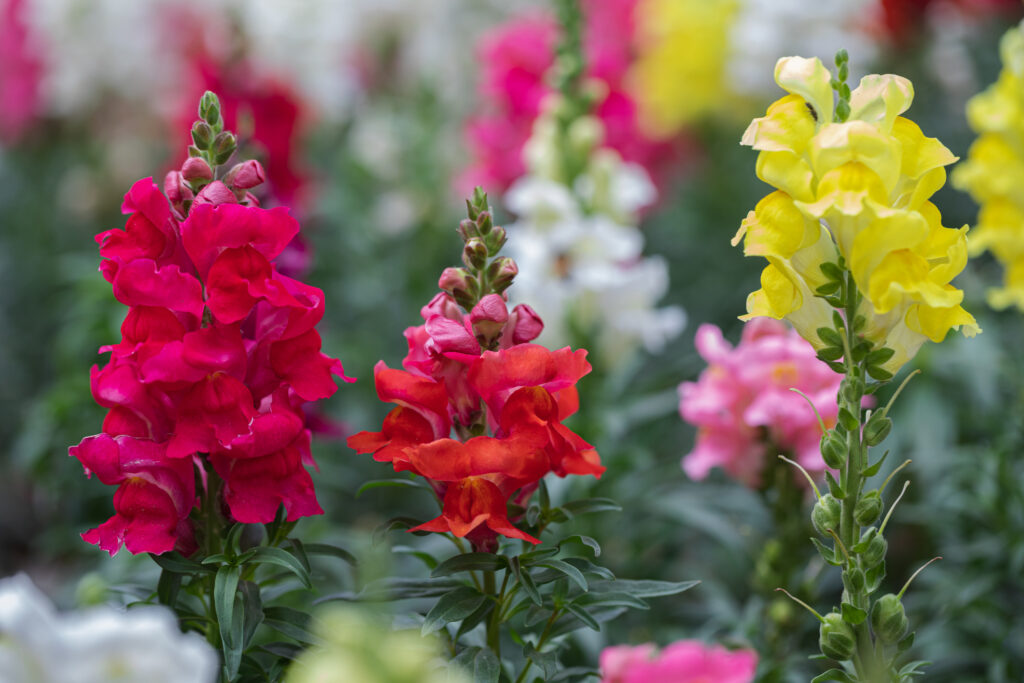
Here are some common plants to consider for winter sowing.
Note: This list is only a few plants suitable for winter sowing.
Perennials – Salvia, Shasta daisy, Rudbeckia, Penstemon, Milkweed, Liatris, Baptisia, Columbine, Foxglove, Lupine, Hollyhock
Cool Season Annuals – Snapdragon, Viola, Pansy, Sweet Alyssum
Cool Season Vegetables – Cauliflower, Lettuce, Broccoli, Spinach, Kale, Kohlrabi
Winter sowing teaches us about seed germination while having fun in the process. You can use this activity to introduce kids to gardening too! As you plan for next year, consider sowing your seeds in winter to get a running start in spring.
Other Recommended Reading

- How To Create Winter Container Displays
- Pruning Shrubs In Winter
- 8 Tips For Bringing Houseplants Indoors For The Winter
- 4 Gorgeous Plants That Bloom In Winter
- Winter Rose Care
- Gardening Tips For Winter’s Early Arrival

At Jung Seed Co, we strive to be your go-to guide for all your gardening needs. Our YouTube channel, The Garden Doctor by Dick Zondag, is where he provides gardening tips for all levels of gardeners. When you need reliable gardening advice, turn to the trusted experts at Jung.
View our new catalog online or browse our website for your gardening favorites. Sign up for our weekly email to receive info on new products, exclusive deals, and specials. Join our Facebook page to discuss all things gardening!
About the Author: Matthew Olson is a professional horticulturist and garden writer. He has a bachelor’s degree in horticulture from UW-River Falls and is a certified professional with the Minnesota Nursery and Landscape Association. His enthusiasm for plants and the outdoors brought him to the green industry. He regularly writes articles about gardening for both gardeners and industry professionals. He can be reached at matt@mattolsonhorticulture.com.